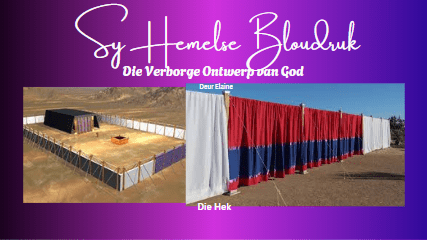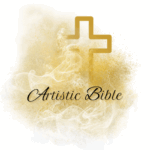In this episode, we step into the sacred space of the Tabernacle and explore the deeper meaning behind the Bronze Altar. The first point of encounter between humanity and God. Located at the entrance of the Outer Court, the altar was where sacrifices were made, symbolising forgiveness, cleansing, and reconciliation through blood. But beyond its physical form lies a powerful metaphor for spiritual transformation.
We dive into how the bronze altar represents the cross of Christ , where Jesus offered Himself once and for all. The process of refining bronze, from mining the ore, crushing, purifying through fire, and finally shaping into holy vessels, mirrors our own journey of sanctification. Just as copper is refined by fire, so too are we purified by the Holy Spirit, being moulded into the image of Christ.
This episode explores:
The symbolic layers of the Tabernacle’s three main sections (Outer Court, Holy Place, Most Holy Place).
How the Bronze Altar points prophetically to Jesus’ sacrifice .
The metallurgical process of copper refinement as a metaphor for spiritual growth.
Biblical references such as Hebrews 9:14 & 10:10 , highlighting our cleansing and sanctification through Christ.
Join us on this deep dive into the sacred design of the Tabernacle and discover how every detail reveals the heart of God’s redemptive plan.



Responses